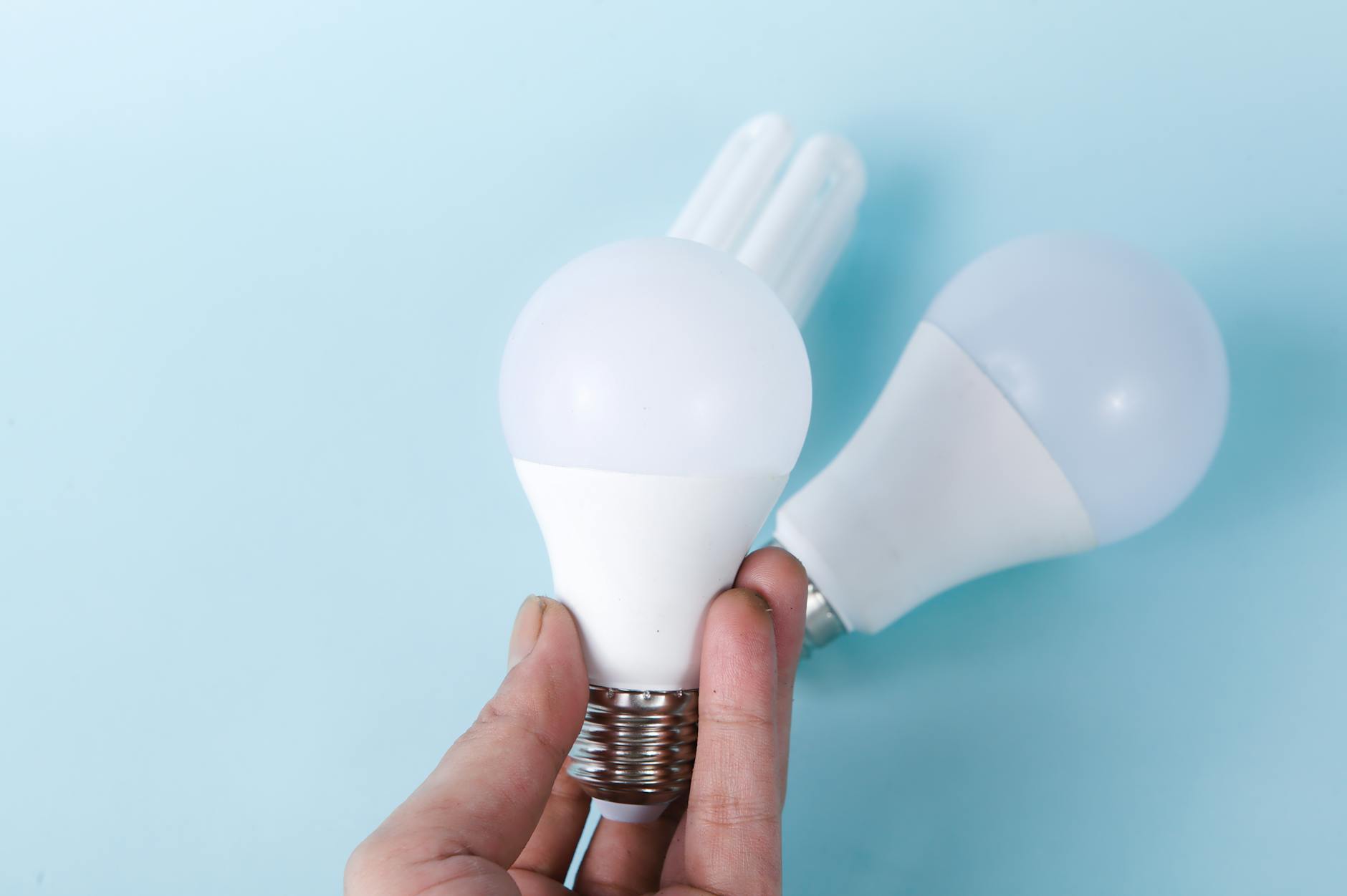The advancement in lighting technology has positioned LED lights as the beacon of innovation and efficiency in the lighting industry. As we embark on a journey towards a more sustainable and technologically advanced future, the role of LEDs cannot be overstated. In this detailed exploration, we delve into the myriad of reasons why LEDs are not just a temporary trend, but the future of lighting.
The Basics of LED Technology
LEDs, or Light Emitting Diodes, represent a leap forward from traditional lighting methods like incandescent bulbs or compact fluorescent lamps (CFLs). Unlike their predecessors, LEDs convert electricity directly into light through the movement of electrons within their semiconductor material, which makes them more efficient and longer lasting.

Energy Efficiency: A Core Advantage
The hallmark of LED technology is its unparalleled energy efficiency. LEDs use at least 75% less energy than incandescent lighting, meaning significant savings on utility bills and a positive impact on the environment. This efficiency does not detract from their brightness or color quality, making them an ideal choice for both residential and commercial applications.
Longevity That Saves
LEDs have a remarkable lifespan, often lasting up to 25 times longer than traditional bulbs. This longevity means fewer replacements, reduced waste, and more savings over time.
Unmatched Versatility
LEDs offer unprecedented versatility in design and application. They can be used in everything from industrial lighting solutions to artistic installations. Their compact size and ability to emit light in specific directions without diffusers or reflectors make them adaptable to an array of lighting needs.
Color Rendering and Brightness
LEDs excel in color rendering, providing vibrant hues without the use of filters. This capability, combined with their dimmable nature and various color temperatures, allows for unparalleled customization in lighting design.
Instant Lighting and Frequent Switching
Unlike CFLs, LEDs achieve full brightness instantly and can withstand frequent on-off cycles without degradation, making them suitable for use in applications requiring high responsiveness.
Operational in Cold Temperatures
LEDs perform exceptionally well in cold settings, where traditional lighting devices might struggle. This quality makes them perfect for outdoor lighting in cold climates.
Eco-Friendly Lighting Solution
LEDs do not contain hazardous materials like mercury, which is often present in other bulbs, making them a safer, more eco-friendly option. Their energy efficiency and long lifespan also contribute to reducing carbon footprint.
Smart Lighting and IoT Integration
With the advent of smart homes and the Internet of Things (IoT), LEDs are increasingly becoming a part of connected home ecosystems. They can be controlled remotely and integrated with other smart devices, offering both convenience and energy savings.
Reducing Light Pollution
LEDs contribute significantly to reducing light pollution due to their ability to provide focused lighting and dimming options. This makes them an ideal choice for urban settings, where excessive artificial light has become a concern.
Innovations in LED Technology
Innovation continues to drive the LED industry, with developments in quantum dots and OLEDs (Organic LEDs) promising even greater efficiency, flexibility, and applications in sectors such as displays and wearable technology.
LEDs in Commercial and Industrial Applications
Beyond residential lighting, LEDs are revolutionizing commercial and industrial lighting with their energy efficiency, longevity, and superior performance. They offer tangible benefits in terms of operational cost savings and improved working environments.
Cost Trends and Accessibility
As production technology advances and adoption rates increase, the cost of LED lighting has significantly decreased, making it more accessible to a broader audience. This trend is expected to continue, further fueling the transition to LEDs.
Health and Well-being Benefits
Beyond their environmental and economic benefits, LEDs have been shown to positively impact human health and well-being. Their ability to mimic natural light has implications for improving mood, productivity, and even sleep patterns.
Global Initiatives and Support for LED Adoption
Governments and international bodies are supporting the transition to LED lighting through regulations, incentives, and educational campaigns, recognizing its potential to conserve energy and combat climate change.
The Bright Future of LEDs
The future of lighting clearly belongs to LEDs. With ongoing advancements in technology and growing awareness of their benefits,
they are set to redefine our understanding of efficient, sustainable, and versatile lighting.
Frequently Asked Questions
How do LEDs differ from traditional lighting? LEDs are more energy-efficient, have a longer lifespan, and offer better color rendering than traditional lighting technologies.
Are LEDs cost-effective? Despite a higher upfront cost, LEDs offer significant savings over time due to their energy efficiency and longevity.
Can LEDs be used in any lighting application? Yes, LEDs are incredibly versatile and can be adapted for almost any lighting need, from residential to commercial and industrial applications.
Are LEDs environmentally friendly? Yes, LEDs are an eco-friendly lighting option as they consume less energy, have a longer lifespan, and do not contain hazardous materials like mercury.





